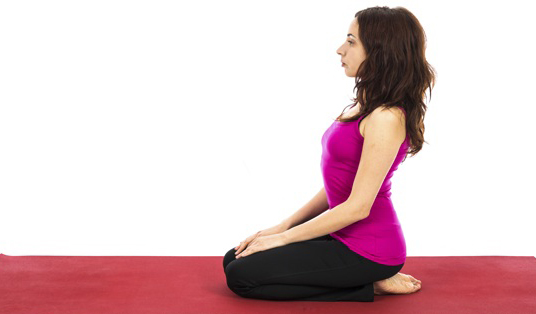
Do you spend hours at the computer? Have a job that involves repetitive gripping or fine manipulation with hands, awkward positioning of the wrists, sustained reaching with the arms, or bending the neck? Have you noticed sensations of tingling, numbness, tightness, or pain in your hands, arms, neck, or upper back? If so, you may be at risk for repetitive strain injury (RSI).
Table of Content:-

Repetitive strain injury, repetitive motion syndrome, overuse syndrome, cumulative trauma - all are terms used to describe a variety of injuries that usually involve the upper body. These include carpal tunnel syndrome, cervical (neck) strain, trapeziums muscle strain and most serious of all, thoracic outlet syndrome. Their common denominator is too much of an offending activity, done for too long, without adequate rest or time to regenerate.
Unchecked, RSI can lead to tissue damage that is severe enough to cause abnormal functioning. Injured nerves become hypersensitive and irritable, which triggers abnormal signals throughout the neural networks in the spinal cord all the way to the brain, and this registers 'pain' at abnormally low thresholds.
The following yoga postures are helpful in healing RSI. They focus primarily on the neck, upper back, and chest wall. Opening and releasing tension in these areas of the body has a direct, positive effect on the symptoms of RSI.
Scalene stretch
This easy stretch helps restore proper alignment to the head and neck.
Stand in mountain pose with your right hand over your navel and the back of your left hand against the back of your waist. Inhale, drawing the breath up from the earth to expand the navel centre between your hands. As you exhale, bend your head to the right, keeping the left shoulder down to stretch the left side of the neck. Continue breathing softly as you slowly turn your chin to the right shoulder, then slowly up to the left. Then back to the right shoulder, finally rolling the chin forward toward the centre of the chest. Inhale back up to centre.
Repeat on the other side, reversing the hands and bending the head to the left.
Seated eagle
This sequence relieves tension around and between the shoulder blades. It is also a valuable stretch for the thoracic spine and adjacent nerve channels, which scientifically influence the arms.
Sit close to the front edge of an armless chair, feet flat on the floor. Inhaling, gently expand the chest and let the arms swing out to the sides a bit. As you exhale, slump in the belly and chest and cross your arms in front of your chest, crossing elbows if you can, and reach for the opposite shoulder blade or upper arm.
Slowly straighten up. If your elbows are crossed, see if you can straighten your forearms so they are vertical (the palms will be facing away from each other) and fold the lower fingers into the upper palm.
Relaxation
A gentle supported opening in the chest, combined with relaxation, re-educates the body and nervous system, and release deep-seated tension.
Take a thick wool or cotton blanket and fold it into a strip six to eight inches wide. Sit on the floor, knees bent, and slowly lower yourself down so that your chest rolls over the blanket with the lower points of the shoulder blades right at the top edge of the blanket. Stretch the arms out on the floor, elbows relaxed, palms up. You should feel a gentle but decisive lift in the chest without strain in the back or harshness in the breath. When you feel ready, slide one heel out, then the other, until the legs are straight, the back of the hips grounding into the floor.
Image source: Getty
How we keep this article up to date:
We work with experts and keep a close eye on the latest in health and wellness. Whenever there is a new research or helpful information, we update our articles with accurate and useful advice.
Current Version